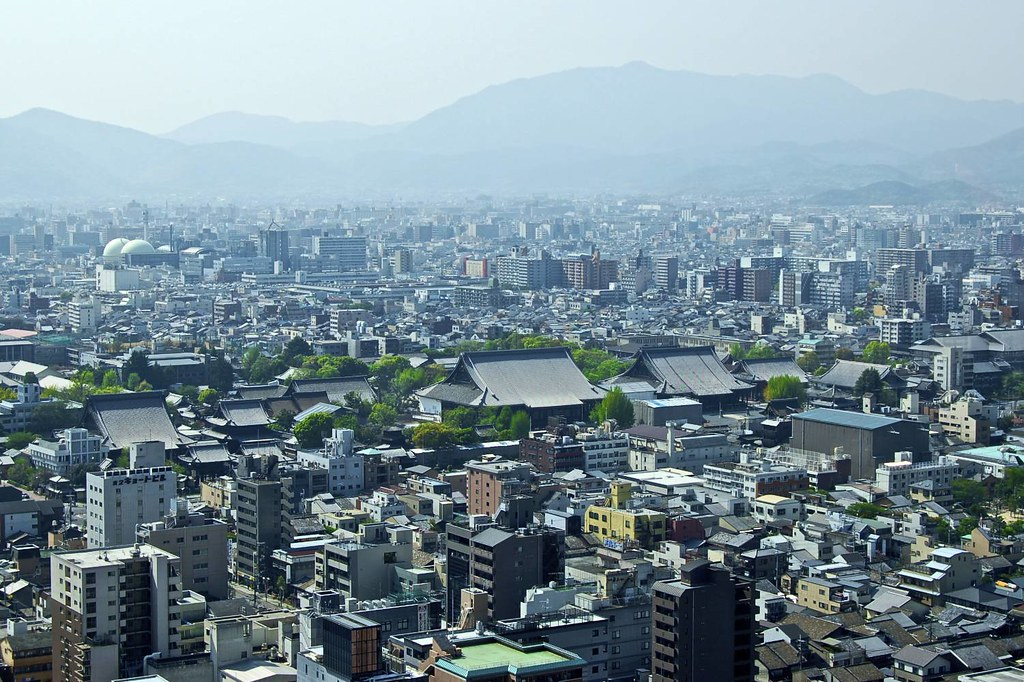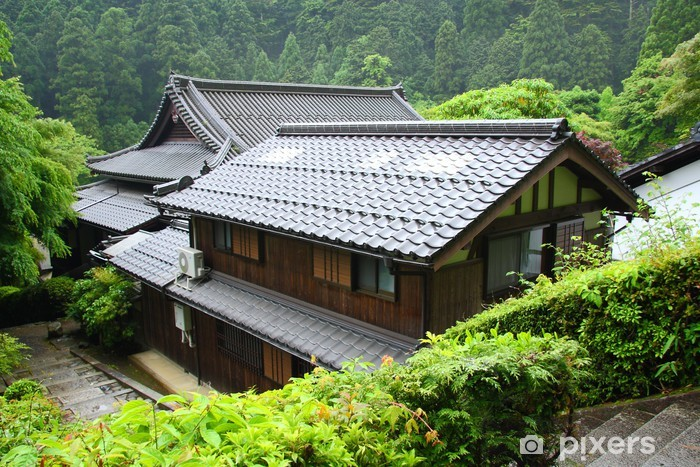1.1 Families in Different Societies
2 min read•november 16, 2020
Katelyn Lien
AP Japanese 🇯🇵
28 resourcesSee Units
Unit 1 Overview
👨👩👦 Families are an essential part of society. As you begin studying Japanese communities, you can ask yourself a few questions regarding Japanese families. Here are some guiding questions to help you get started:
- What does a typical Japanese family look like?
- How do families influence values, beliefs, and traditions in Japanese communities?
- What are some challenges that families face?
👯 Family Structure, Roles Within Families
Kazoku (家族) - Family
Japanese families usually consist of two parents and 1-2 children. A child will call their mother, Okāsan (お母さん), and their father, Otōsan (お父さん). Japan's land is quite limited because it is a small country, so suburban houses are very small. Therefore, families rarely have more than a few kids.

Image Courtesy of Flickr
In rural areas, multiple generations of a single family often live in the same house. Rural homes are generally bigger than suburban homes and are able to house more people. Children can grow up and live under the supervision of their parents and grandparents. As a result, many Japanese families have close-knit ties across many generations of family members.

Image Courtesy of Pixers
In the past, most women were stay-at-home moms while their husbands worked. Women were responsible for taking care of the kids, cleaning the house, and completing other domestic jobs. Even now, there are more stay-at-home moms in Japan, especially those living in rural areas, than in the US. Although not as common, there are still some mothers who go to work, and they often have part-time jobs close to their homes. Gender equality is fully supported in Japan, but there are still more men in the general workforce.
The eldest family members are the most respected. If kids grow up in a house with their parents and grandparents, they learn from a very young age that their grandparents must be treated with the utmost respect. Often times, grandparents help care for the youngest family members and act as additional parental figures. As the children grow older, they learn to appreciate the guidance they received from both their parents and grandparents.
🔑 Key Words
- Kazoku (家族): Family
- Okāsan (お母さん): Mother
- Otōsan (お父さん): Father
- Ojīsan (おじいさん): Grandfather
- *Not to be mistaken with Ojisan (おじさん): Uncle, Man
- Obāsan (おばあさん): Grandmother
- *Not to be mistaken with Obasan (おばさん): Aunt, Woman
- Kodomo (子ども): Child
💥 Strive for a Five Vocabulary
- Tochi (土地): Land
- Inaka (田舎): Country, Rural area
- Tokai(都会): City
- Machi(町): Town
- Heya(部屋): Room
- Jyūtakugai(住宅がい): Residential area
- Kankyō(環境): Surroundings
- Wafū(和風): Traditional Japanese style
- Yōfū(洋風): Western Style
- Jinkō(人口): Population
- Hataraku(働く): To work
- Shigoto(仕事): Job
- Sosen(祖先): Ancestor
Browse Study Guides By Unit
👨👩👧Unit 1 – Families in Japan
🗣Unit 2 – Language & Culture in Japan
🎨Unit 3 – Beauty & Art in Japan
🔬Unit 4 – Science & Technology in Japan
🏠Unit 5 – Quality of Life in Japan
💸Unit 6 – Challenges in Japan
✍️Exam Skills - FRQ/MCQ

Fiveable
Resources
© 2023 Fiveable Inc. All rights reserved.